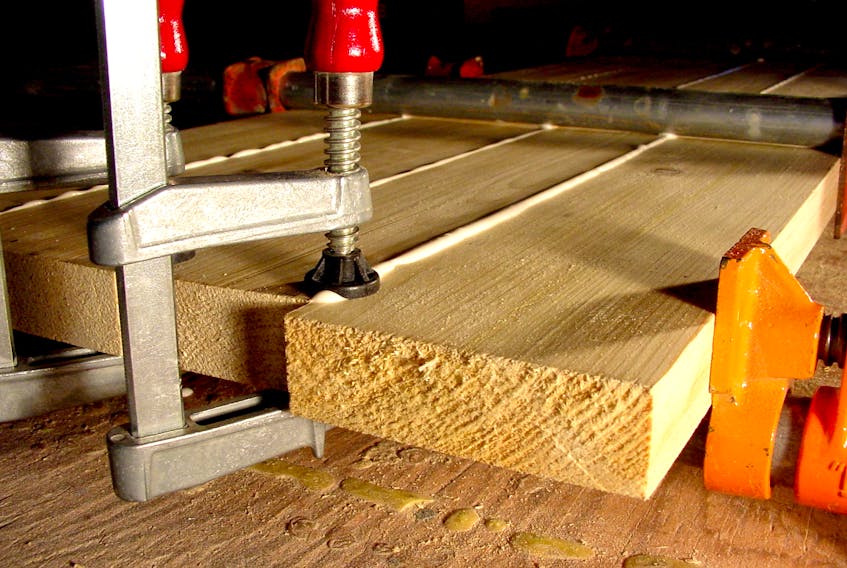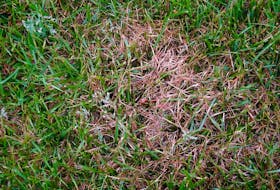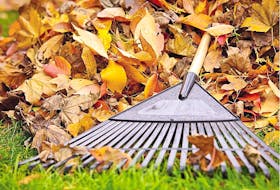Back in October, I heard from a reader named Katherine. She was planning to build a craft table for painting, gluing and cutting in her home work room. Join me as I answer Katherine’s questions about the kind of challenges facing any beginner building a table.
Question: How should I build the table top? I want it to be 36 inches wide and 63 inches long. I can buy boards that are glued 12 iches wide already, so I’d need three. Is this a good idea?
Answer: This is a reasonable approach, but there’s one thing you need to consider. How refined a table do you need? This affects how much effort it makes sense to invest in the design.
Q: If I make the table top with boards glued together on edges, will this be as strong as if I had used some kind of screws?
A: Yes, gluing boards together edge-to-edge will definitely last. In 35 years of woodworking I’ve made many table tops from solid wood using nothing more than glue alone holding things together. I’ve never had any of these glue joints fail. In fact, modern wood glue forms a bond that’s actually stronger than the surrounding wood. Glue two boards together then try and break the glue joint. The wood will break and splinter, but not the joint itself.

Q: What wood do you recommend for my project? Is pine too soft? I plan on finishing using your suggestion of oil since it’s easier to repair.
A: Painting and gluing sounds like it will get the table top dirty and goopy over time. That’s why you might consider a more informal table top than you’re describing. You mentioned the idea of gluing boards together on their edges to create a top, and that’s what happens with table tops that will see refined use as proper indoor furniture. The thing is, gluing boards edge-to-edge is not that easy for a beginner with few tools. And this tricky work might not yield any benefit for a table that will potentially see dirty jobs. Have you considered fastening individual boards to the underlying support frame, without fastening the boards together in the first place? This would leave small gaps between the boards, but it would be much easier to build.
Also, consider cutting a piece of quarter-inch- or half-inch-thick plywood the same size as your table top, fastened in place with screws only. This plywood will act as a protective layer that you can remove and replace easily if it gets covered in glue or paint. Alternatively, you could have one piece of plywood for dirty jobs and another for clean jobs like cutting fabric or cleaning fine household items.
Q: What thickness of boards should I use for the table top?
A: I’d use one-and-a-half-inch-thick construction-grade lumber (2x8s or 2x10s) if you’ll be going the utility table approach as I described. This leaves lots of room for screws holding down the removable plywood layer. Construction-grade lumber is reasonably hard and could even be refined and edge-glued together to make a fancier top. Unless I misunderstand your reasons for the table, I think it would be a waste of effort to glue boards together, though definitely a learning experience.
Q: Do I need to put any support boards on the bottom side of the table top, like where the base will attach to the top?
A: Probably not, but it depends on the rest of your design. Since it sounds like your table will function at least partially like a workbench, download my free workbench plans at baileylineroad.com/29553. I designed this table myself and I know it works well.









